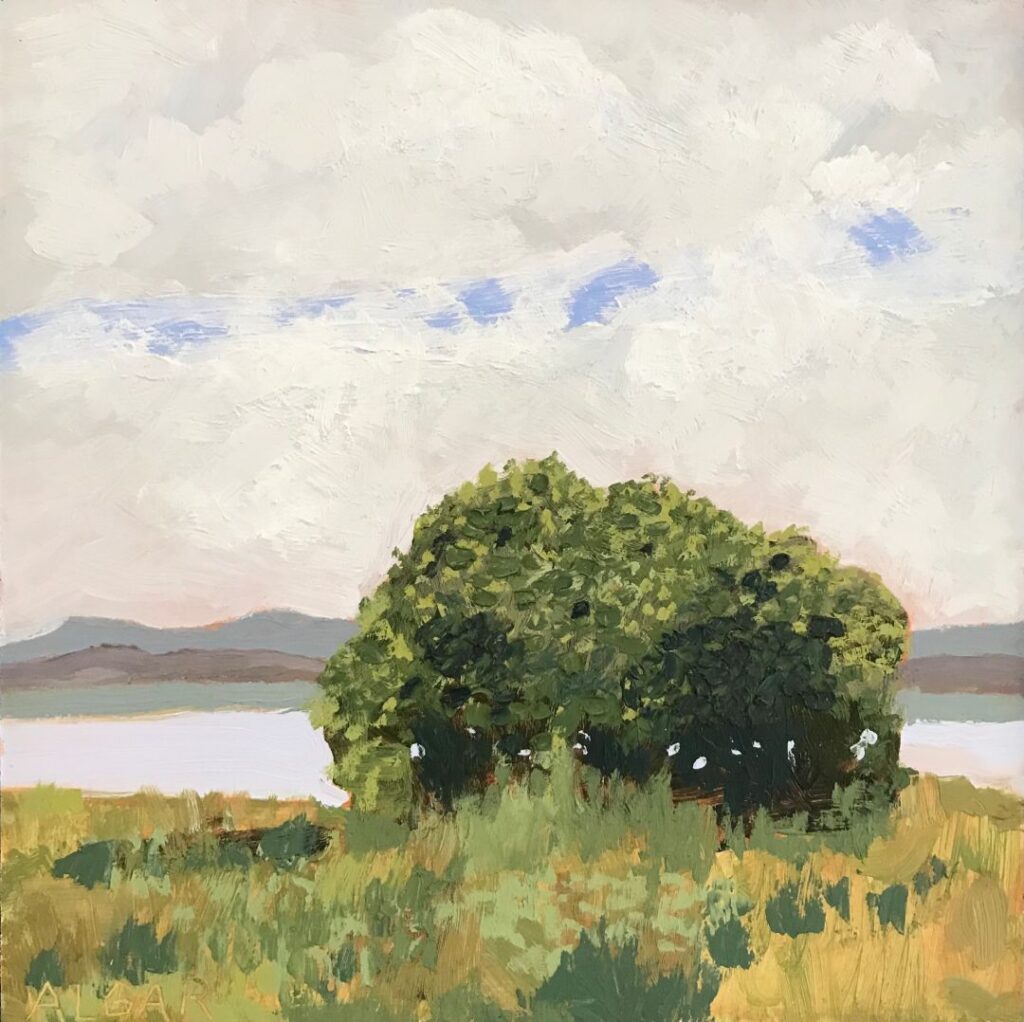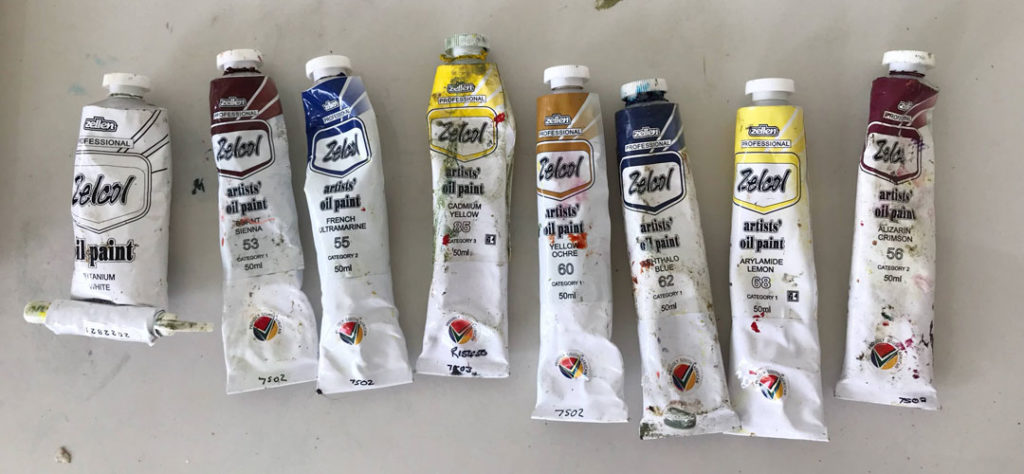Have you ever looked at a painting and felt a sense of realism, a feeling that you could almost step right into the scene? More often than not, that captivating effect comes down to one fundamental element: value.
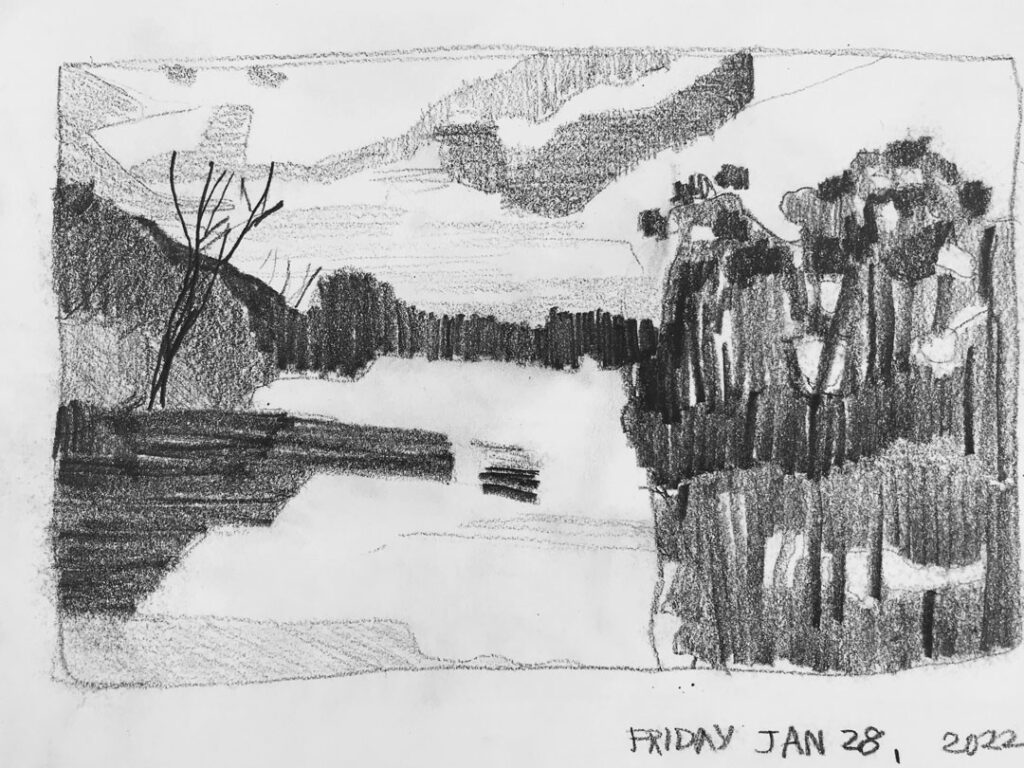
Think of value as the light and shadow in your world – how light or dark something appears. In painting, mastering value relationships between the shapes in your composition is like building a strong foundation for a house. Get these relationships right, and you dramatically increase your chances of creating a recognizable and compelling piece of art.
It might surprise you, but value is often more crucial than color in creating a convincing painting. While color adds vibrancy and mood, it’s the interplay of light and dark that defines form, depth, and ultimately, believability.
For me, the journey of a painting often begins with a sketchbook and a 4B pencil. This is where I explore the world of value through quick sketches. These aren’t meant to be masterpieces in themselves; they’re my way of understanding the underlying structure of light and shadow in my subject.
Sometimes, as I complete a value sketch, I realize that the initial composition I had in mind isn’t as strong as it could be. This is where the magic of value studies truly shines! They act as a visual testing ground, helping me decide whether a particular approach to my subject will translate into a visually appealing painting before I even touch my brushes and paints.
Beyond composition, value studies are also an invaluable practice run. They allow me to map out the main shapes, understand how they relate to each other in terms of light and dark, and ultimately give me a much quicker and more confident start when I move to the canvas. For more complex subjects, I often create two or even three value studies. This deep dive helps me truly internalize the shapes and their placement within the picture plane.
Curious about how I approach these essential value studies? Here’s a glimpse into my step-by-step process:
- Refining the View: I start by cropping my photographic reference to pinpoint the composition that truly speaks to me.
- Setting the Stage: Using this cropped image, I establish the boundaries of my sketch.
- Capturing the Essence: I then sketch the large, dominant shapes directly from life, constantly referring back to my reference photo to ensure I stay within my chosen parameters.
- Building Detail: From life, I begin to introduce the medium and smaller shapes within those larger forms.
- Defining Light and Shadow: Using a simple system of three values – light, mid, and dark – I fill in these shapes. This helps me visualize the distribution of light and shadow.
- My Go-To Tool: I prefer to work in graphite, usually with a soft 4B or 6B pencil, as it allows for a good range of tonal values.
A Peek into My Sketchbook:
Here are a few examples of value studies from my sketchbook, often inspired by the beautiful landscapes around me:
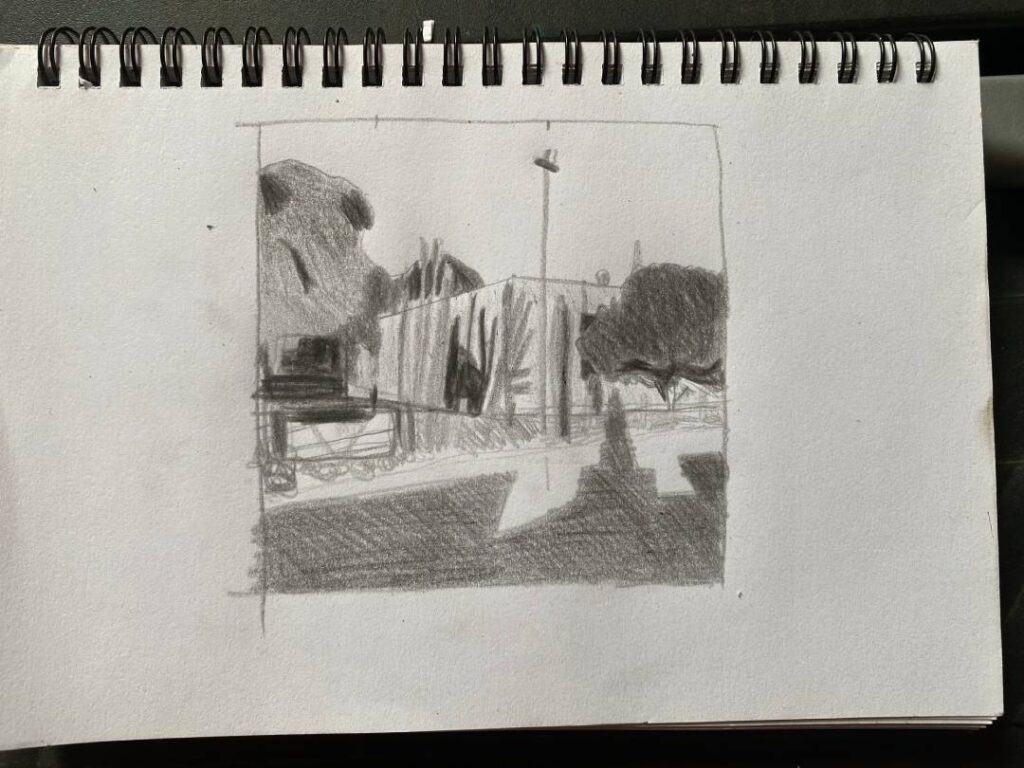
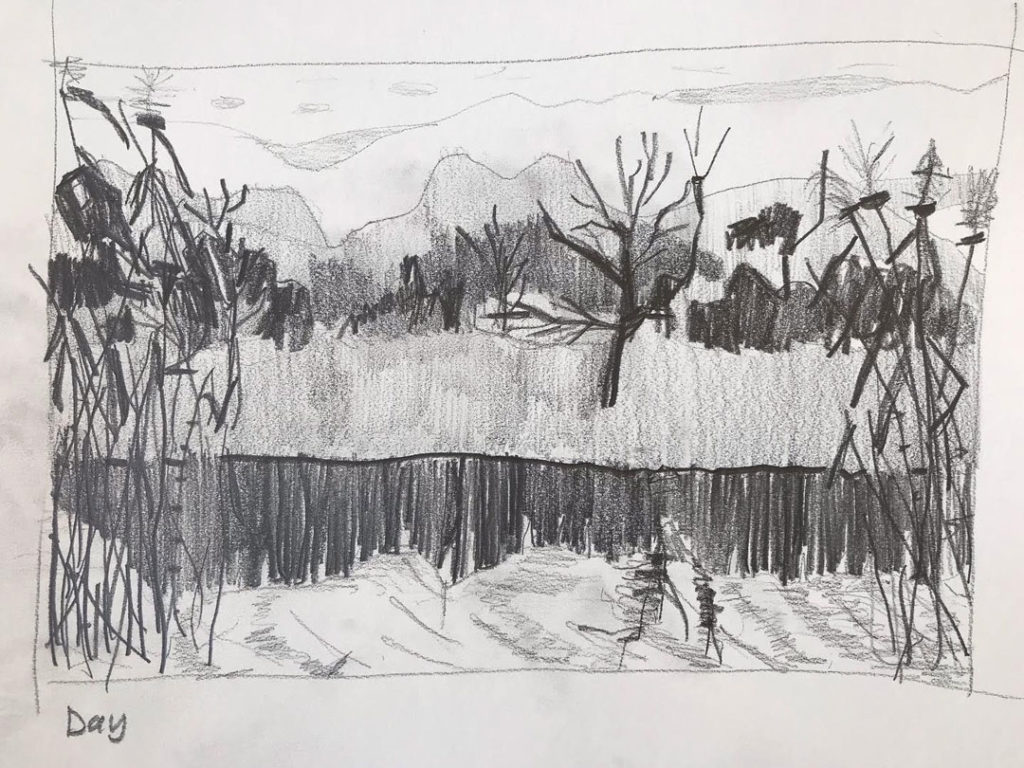

If you found this insight into my process helpful, you might also enjoy these related posts:
- Where I find inspiration for my paintings
- See the paintings I create from some of these value studies.
Want to delve deeper into the world of value and unlock your own painting potential?
I offer a free online oil painting basics course online where you can learn these essential techniques. Whether you’re a complete beginner or looking to refine your skills, my painting classes provide a supportive and inspiring environment to grow as an artist.
Explore my FREE oil painting course here.
Even if you’re not ready to jump into a class just yet, I invite you to explore more of my artwork and process. You’ll find a gallery of my recent paintings here, and more blog posts here.
Understanding value is a game-changer in representational painting. It’s a skill that, with practice, you can easily master. I hope this glimpse into my process has inspired you to see the world around you in terms of light and shadow. Happy painting!
